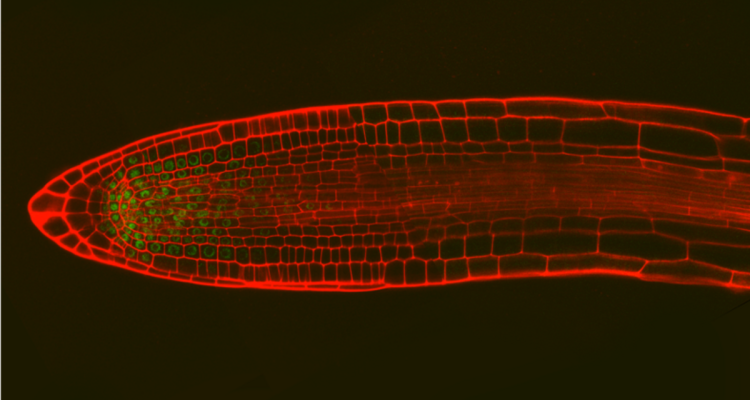
Project
The BABY BOOM Cis-Regulatory Landscape
The AINTEGUMENTA-LIKE (AIL) clade of the AP2/ERF of transcription factors have major roles in defining the meristematic competence of above and below ground organs. One of these AIL proteins, BABY BOOM (BBM), directs the earliest steps in zygotic embryo development, including division of the zygote and early embryo patterning. This early role in driving plant embryo development is reflected in the ability of the BBM protein to induce embryo development in seedlings and egg cells in the absence of fertilization. Many BBM downstream gene targets and several BBM interacting proteins have been described, but it is not known how BBM gene expression is regulated. This project aims to identify the DNA binding proteins and cis-regulatory elements that regulate BBM expression.
Background
Gene transcription is controlled in part by cis-regulatory elements (CREs). CREs are short, non-coding DNA motifs that comprise specific binding sites for regulatory proteins like transcription factors. CREs and transcription factor binding sites are often evolutionarily conserved. We identified four evolutionary conserved non-coding sequences (CNS) in the promoters of BBM genes from the different dicot species and the associated transcription factor binding sites. CRISPR-Cas9 mutagenesis of these four CNS in the model plant Arabidopsis thaliana (arabidopsis) resulted in novel phenotypes, like the development of embryogenic tissue on seedlings and enhanced in vitro regeneration.
Project description
We would like to know how mutations in the BBM CNS alter BBM expression and would like to identify the associated DNA binding proteins and CREs that regulate BBM expression. Fluorescent protein fusions driven by the mutated CNS alleles will be used to understand the effect of the mutation on BBM expression. For example, do these mutations result in ectopic BBM expression or do they change BBM expression in response to certain plant hormones? Phylogenetic footprinting identified many potential DNA binding motifs - DNA binding protein pairs in the BBM CNS. CRISPR-Cas9 mutagenesis will be used to narrow down the regulatory regions in the CNS that are responsible for the observed phenotypes/change in BBM expression pattern. Yeast one-hybrid assays and electromobility shift assays (EMSAs) will be used to identify/confirm the DNA binding motif - DNA binding protein pairs. Functional analysis of these BBM DNA binding proteins will be used to understand their role in regulating BBM expression.
Contact
Do you have a question about the BABY BOOM, or would you like to join us as a student researcher? Please contact us.